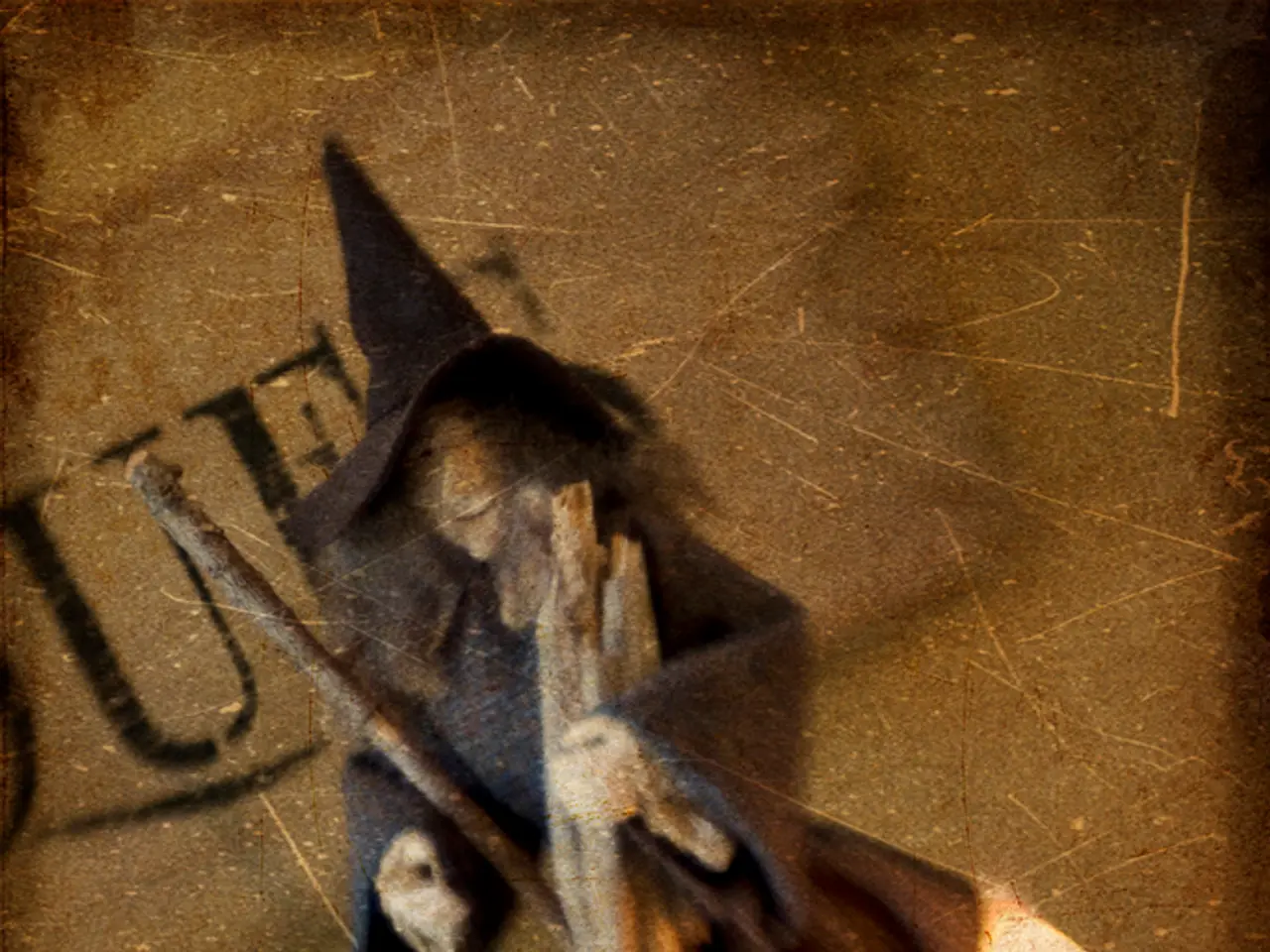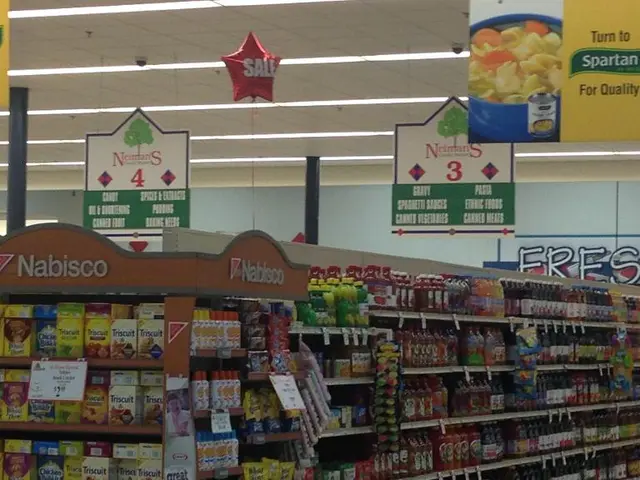Spending on Halloween festivities projected to hit $11.6 billion according to National Retail Federation announcement.
In 2024, Halloween spending saw a slight decrease from the previous year's record of $12.2 billion, reaching $11.6 billion. This drop can be attributed to economic uncertainties, which have tempered overall spending enthusiasm despite early shopping and seasonal interest [1].
Shoppers have adapted to these economic concerns by purchasing their Halloween items earlier and seeking deals. Popular destinations for Halloween items include the world's largest Halloween retailer, Spirit Halloween, with over 1,530 pop-up stores open seasonally across many states, including New York, where it opens more than 70 stores [4][5].
Big-box retailers also attract a significant number of shoppers, as they stock Halloween merchandise early, reflecting the trend of nearly half of consumers shopping well before October [1]. Dollar Tree, despite raising prices significantly in recent years, remains a notable destination for Halloween decorations and items, despite backlash over markups [3].
Specialty stores like Spencer’s Gifts also contribute to the market through their Halloween-focused merchandise and exclusive pop-culture items appealing especially to Gen-Z and Millennials [5].
Spirit Halloween is gearing up for the season by hiring 50,000 seasonal sales associates and store managers for this year [6]. The retailer plans to open a record-breaking 1,525 locations this year [7].
Online shopping is also a popular choice for Halloween items, with 33% of consumers planning to do so. Amazon searches for Halloween costumes for adults spiked 395% in August 2023, according to a Jungle Scout report [8].
Approximately 38% of shoppers shop early to avoid the stress of last-minute shopping, while nearly half of the 25-34 age group shop early because Halloween is their favorite holiday [1]. Over a third of consumers plan to buy their Halloween items at discount stores [2].
The report projects that shoppers will spend $3.5 billion on candy, $3.8 billion on decorations, $3.8 billion on costumes, and $500 million on greeting cards [9]. The average spend per shopper is expected to be $103.63 [10].
In summary, while economic worries have slightly reduced total Halloween spending since the 2023 peak, shoppers have adapted by purchasing early and seeking deals, shopping primarily at large chains like Spirit Halloween and big-box retailers, as well as specialty stores [1][4][5].
- Amidst the pandemonium of economic uncertainties, AI-driven algorithms might be employed by retailers like Spirit Halloween to predict consumer behaviors and offer personalized deals, thereby enticing shoppers to spend more during Halloween.
- In the finance sector, the impact of the ongoing war in various regions might affect the disposable income of consumers, thereby influencing their spending on Halloween items, especially if trade restrictions lead to increased prices.
- The retail industry is braced for a bumper season, as the largest Halloween retailer, Spirit Halloween, aims to break its own record of 1,525 store openings this year, shrewdly capitalizing on the spending preferences of consumers seeking early deals.
- The future of retail, especially during significant holidays like Halloween, lies in the integration of technological advancements and understanding consumer preferences in order to adapt to the challenges posed by pandemics, economic downturns, and changing consumer behavior.





